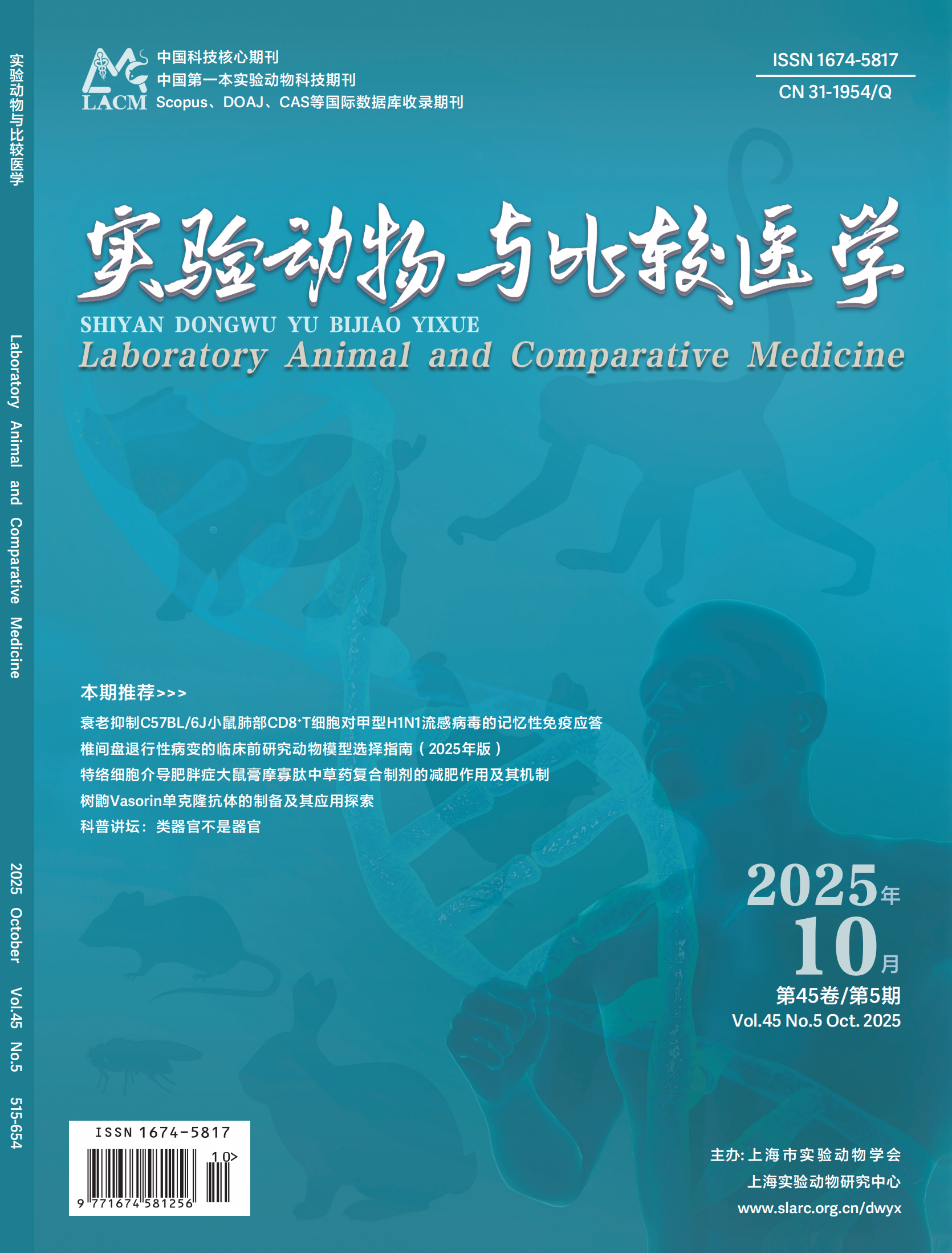Objective To establish an animal model suitable for screening vaginal preparations, administering the corresponding drugs, and evaluating biological indicators for monitoring drug treatment effects. Methods Bilateral ovariectomy (OVX) was used to establish the disease model of rat. The estrous cycle, uterine wet weight, and vaginal tissue morphology were observed from day 15 to day 21 after OVX to determine the optimal time for successful vaginal atrophy model after the OVX operation. Sprague-Dawley female rats were randomly divided into the following groups: normal group, sham group, model group, drug group 1, drug group 2, and solvent control group (n=10). Drug group 1, drug group 2, and solvent control group were treated with promestriene, Colpotrofin?, and solvent control for 14 days, respectively. Three days after the last administration, the body weight and uterus wet weight of the rats were measured, the histological morphology of the vagina was analyzed by HE staining, and estrogen receptors-α (ERα) expression was detected by immunohistochemistry. Results Twenty-one days after OVX, the vaginal atrophy model was established, which was suitable for the follow-up experiments. The change of estrous-cycle wasn't observed from day 17 to 21 after OVX. On 21 days after OVX, the vaginal epithelium thickness reduced (P<0.05), vaginal folds reduced, no squamous epithelium was observed, body weight increased (P<0.05), and uterine wet weight decreased (P<0.05). In drug group 1 and drug group 2, the symptoms of vaginal atrophy improved. Compared with the model group, the body weight of rats in drug group 1 and 2 decreased (P<0.05), the vaginal histomorphology improved, the expression of ERα protein in vaginal tissue up-regulated (P<0.05), and the ratio of uterine wet weight to body weight increased (P<0.01), but the endometrial thickness was not significantly thickened (P>0.05). Conclusion The rat OVX model is suitable for screening vaginal preparations. Vaginal histomorphology, endometrial thickness, and uterine/body weight ratio can be used as indicators to monitor drug efficacy.

